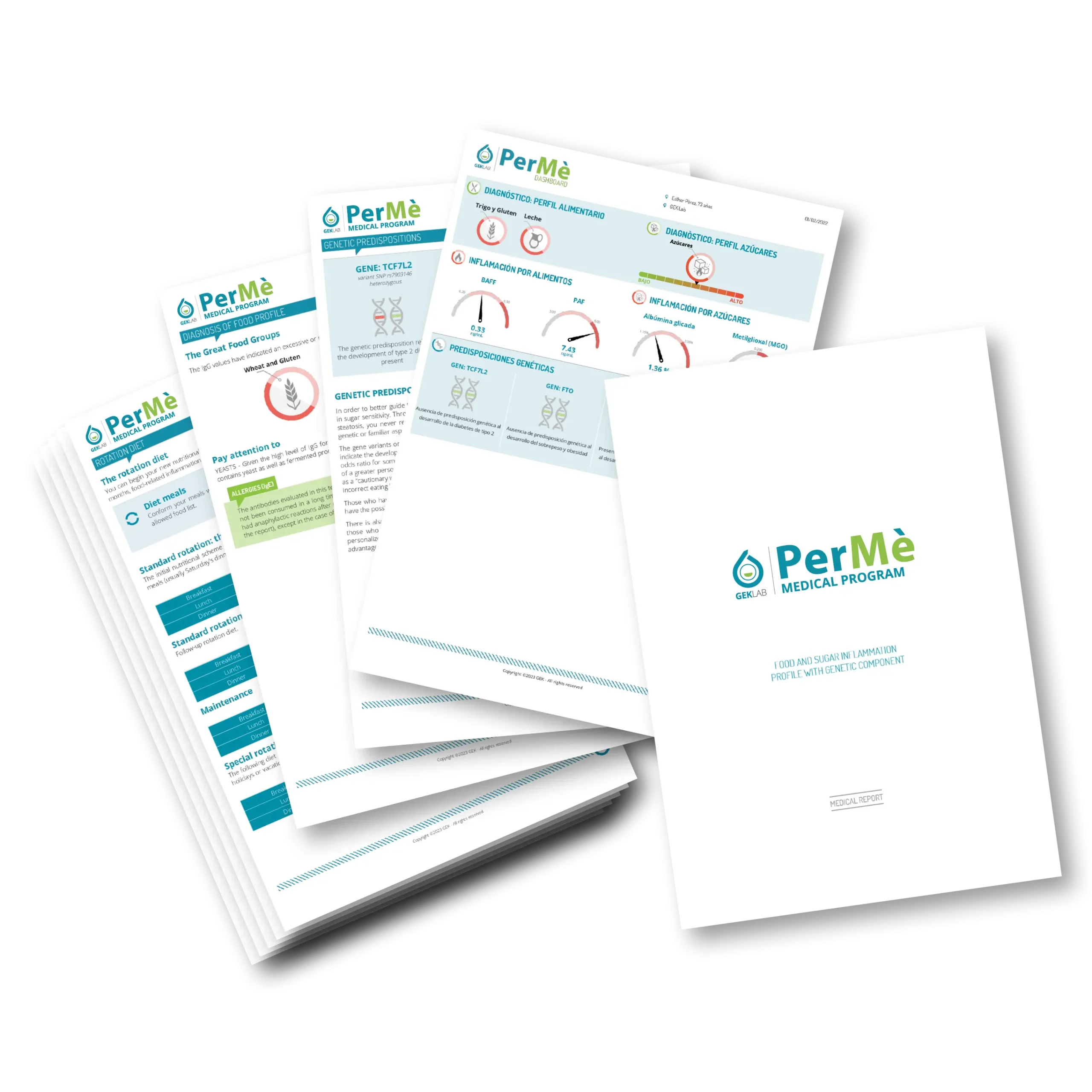High blood pressure and chronic inflammation: how they interact and how to intervene

Arterial hypertension, commonly known as “high blood pressure,” is one of the most widespread and dangerous conditions globally.
It is often called the “silent killer” because increased blood pressure doesn’t cause noticeable symptoms until it leads to severe complications such as heart disease or stroke.
While many people are aware of risk factors like obesity, poor diet, and an unhealthy lifestyle, the link between low-grade chronic inflammation and high blood pressure is less well known.
Key players in this process include certain inflammatory molecules like methylglyoxal (MGO), BAFF (B-cell Activating Factor), and PAF (Platelet Activating Factor), which help maintain an inflammatory environment that worsens arterial pressure.
To combat high blood pressure, in addition to conventional treatments like antihypertensive medications, scientific research is increasingly focusing on strategies aimed at reducing levels of pro-inflammatory cytokines through a healthier diet and lifestyle.
BAFF, PAF, and MGO: their role in hypertension
Methylglyoxal (MGO)
Methylglyoxal (MGO) is a molecule produced during sugar metabolism, particularly during glycation, when sugar residues bind to proteins. This process is accelerated by excess refined sugars and high glycemic index carbohydrates. MGO is a potent promoter of oxidative stress, capable of damaging endothelial cells that line blood vessels. When the endothelium is damaged, arteries become stiffer, promoting an increase in blood pressure. Additionally, MGO promotes inflammation by inducing the activation of other pro-inflammatory cytokines. In this way, methylglyoxal plays a central role in the mechanisms underlying high blood pressure, linking excessive sugar intake not only to diabetes, as commonly thought, but also to hypertension.
BAFF (B-cell Activating Factor)
BAFF is a cytokine primarily known for its role in regulating the immune system. However, BAFF also has functions beyond immunity. It is secreted by adipose tissue, acting as an adipokine, and is involved in the regulation of metabolism and insulin sensitivity. Excessive production of BAFF in adipose tissue can contribute to chronic inflammation associated with obesity, which in turn is a risk factor for hypertension. Moreover, BAFF stimulates a systemic inflammatory response that can worsen endothelial damage, leading to arterial stiffness and increased resistance to blood flow. The result is a vicious cycle of inflammation and high blood pressure, further exacerbated by metabolic dysfunction.
PAF (Platelet Activating Factor)
PAF is an inflammatory lipid mediator that plays a key role in blood clotting and the immune response. In individuals with high blood pressure, PAF can promote platelet activation and increase the permeability of blood vessels, worsening vascular inflammation. Its pro-inflammatory effects work in synergy with other cytokines like BAFF, intensifying tissue damage and raising the risk of cardiovascular complications. PAF also attracts immune cells to vascular tissues, where they can cause further endothelial damage. This combination of platelet activation, inflammation, and tissue damage makes PAF a crucial factor in maintaining chronic hypertension.
High blood pressure and inflammation: what can we do?
In addition to conventional treatments, such as antihypertensive medications, scientific research is increasingly focusing on strategies aimed at reducing pro-inflammatory cytokines through healthier diet and lifestyle choices.
However, to effectively treat and prevent hypertension, it is not enough to adopt a generic diet. Low-grade chronic inflammation can have highly individualized causes, often linked to excessive sugar consumption or specific food groups that maintain elevated inflammatory states. In other words, for an anti-inflammatory diet to be truly effective, it must be personalized.
A key step in establishing a personalized anti-inflammatory diet is performing specific products, such as the PerMè Medical Program, which measures the presence of BAFF, PAF, and methylglyoxal (MGO), factors often overlooked in conventional clinical exams. These markers provide a more complete picture of the body’s inflammatory status, as we’ve previously explained. Additionally, the PerMé Medical Program, by also measuring food-specific IgG antibodies, can identify if and how much these immunoglobulins, which participate in inflammatory stimulation, are linked to dietary habits or specific foods. If these foods are consumed excessively, they could be the “hidden enemy” in managing blood pressure.
At the same time, increasing physical activity, such as a daily brisk walk of about 20 minutes, can help lower pro-inflammatory cytokines like BAFF and improve insulin sensitivity, thereby reducing the risk of hypertension.
Lastly, reducing the intake of saturated fats and increasing the consumption of healthy fats (such as those found in oily fish, nuts, and olive oil) can help lower vascular inflammation and PAF production.
Conclusion
Hypertension is a complex condition that goes beyond simply elevated blood pressure. Chronic inflammation, driven by molecules such as MGO, BAFF, and PAF, plays a central role in sustaining high blood pressure and worsening cardiovascular health. Understanding these mechanisms and addressing them, whether through lifestyle changes or targeted therapies, can provide new opportunities to prevent and treat hypertension effectively. Personalized reports, like the PerMè Medical Program, allow us to tackle the hidden inflammatory factors at their root, paving the way for a more informed and targeted approach to health management.
By the Scientific Editorial Team at GEK Lab









